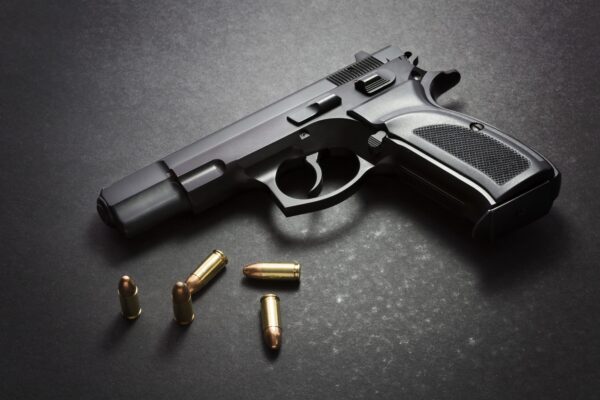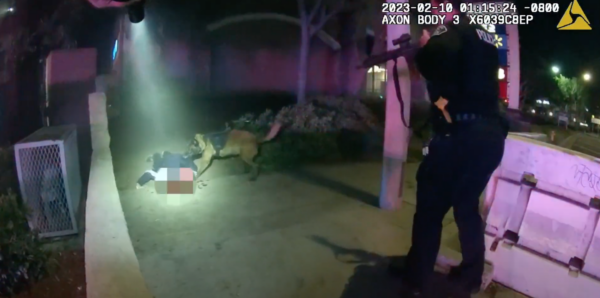The California Attorney General’s Office Monday appealed a federal judge’s ruling striking down the state’s Unsafe Handgun Act.
U.S. District Judge Cormac Carney issued a preliminary injunction March 20 in a federal lawsuit being heard in Santa Ana that challenges the state’s law requiring specific devices on guns to improve their safety and to identify fired bullets.
The Attorney General’s Office also sought a stay on the preliminary injunction.
“California’s commonsense gun safety laws save lives, and the Unsafe Handgun Act is no exception,” Attorney General Rob Bonta said. “Accidental shootings are preventable. The fact that children under five are the most likely victims makes these accidental gun deaths even more tragic and inexcusable.
“As weapons become faster, more powerful, and more deadly, this risk only increases. Flooding the marketplace with unsafe semiautomatic pistols that do not meet necessary safety requirements poses a serious threat to public health and safety, especially for children and young adults.”
The law in question was adopted about two decades ago as a reaction to what the Attorney General’s Office said was the production of cheaply made handguns.
Carney’s ruling does not affect the state’s requirement that guns for sale must be in the state’s list of weapons that have passed other safety tests.
Carney referred to a recent U.S. Supreme Court ruling that found the government cannot just cite the promotion of an important public interest and that any gun safety laws must be “consistent with the nation’s historical tradition of firearm regulation.”
Carney said the state’s requirements “unquestionably infringe on the right to keep and bear arms” as guaranteed in the Second Amendment.
“Plaintiffs seek to purchase state-of-the-art handguns for self-defense,” Carney wrote. The state’s requirements “prevents this,” he added.
“To acquire the latest model of a semiautomatic handgun, plaintiffs must buy one secondhand if they can find one, and at a high markup,” Carney said.
The state’s law requires safety features aimed at reducing the chances of accidental discharges of guns. It also requires a device that leaves an identifiable mark on spent shells that law enforcement can use to identify the gun.
“The microstamping requirement has prevented any new handgun models from being added to the (state’s list of safe guns) since May 2013,” Carney wrote. Gun manufacturers don’t make a weapon with this technology, the judge noted.
The Attorney General’s Office is not seeking to immediately stop the part of Carney’s ruling enjoining the microstamping requirement.







